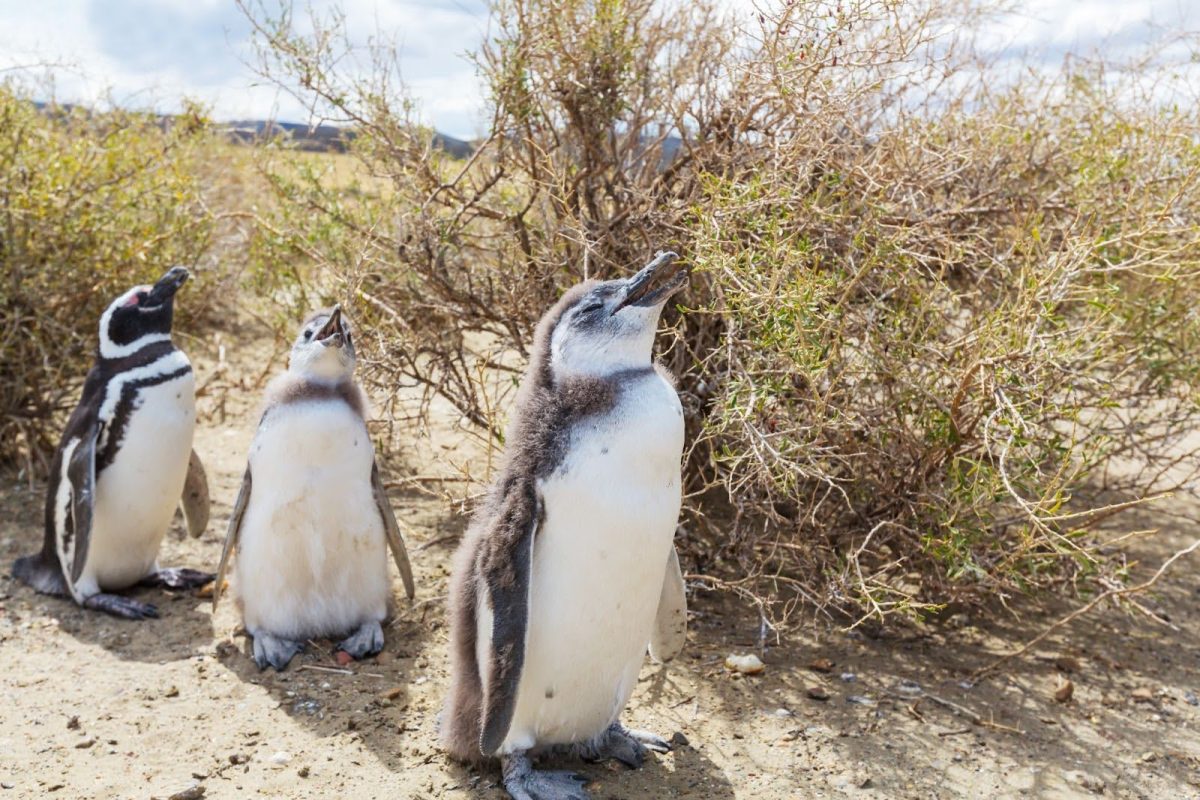An international team of Australian researchers from the South Pole has recently returned with new data. The team was led by Chief Scientist Dr. Nerille Abram and Professor Matthew England, who led researchers from the University of New South Wales, Sydney, and the Australian National University. The data they have returned is harrowing.
In recent years, we have been seeing “large and sudden changes happening in Antarctica” that spell out devastating consequences for the world as global warming and climate change take a toll on the environment. Some changes that have been recorded include rising sea levels, loss of oxygen in the southern oceans, loss of ice in the glaciers, and increased radiation from the sun’s rays due to waning ice sheets. The researchers have also observed that these changes are closely connected with each other, thus exponentially speeding up the progression of the crisis in Antarctica and global carbon levels.
Rising temperatures in the water have impacted phytoplankton populations, an aquatic algae species that is able to photosynthesize. These creatures account for roughly 50 percent of oxygen production worldwide. Now that their population numbers are starting to fall, global carbon dioxide levels are forecasted to rise, accelerating the effects of climate change and the damage to the ecosystems on land.
Another imminent danger arising in Antarctica is the loss of the native wildlife, including species such as krill, seals, and emperor penguins. These creatures have evolved and adapted to their icy environments and depend entirely on each other for survival. Now that their environments are rapidly changing with ice sheets thinning and breaking, these species are at risk of habitat loss and extinction. Professor Matthew England wrote, “Some colonies [of emperor penguins] have experienced multiple breeding failure events over the last decade.” These creatures are vital for the survival of key environments globally and for sustaining the population of other animals. Once they’re gone, it sets the whole world on a domino effect that can be catastrophic for ecosystems worldwide.
On top of all this, the researchers have not only noticed these changes on land, but also have recorded shifts deep below the surface of the waters. In the deep sea below Antarctica, there is an ocean current that runs around the globe called the Antarctic Overturning Circulation. This ocean current has been distributing recycled nutrients from the seafloor to various aquatic ecosystems around the world. The stability and health of these ecosystems have long depended on the nutrients coming from this ocean circulation. Now, with the temperatures of the water rising and ice sheets melting, there is a high risk of “a collapse in the Antarctic overturning circulation,” which would be devastating for many aquatic creatures and environments. Coral reefs are dying out, kelp forests are dwindling out, and the seafloor is remaining barren and empty, devoid of life in a cold and dark grave.
Abrams and his research team have been urging the Antarctic Treaty System to take action with this new data in mind, but at this stage, they can’t do enough on their own. “The only way to avoid further abrupt changes and their far-reaching impacts is to reduce greenhouse gas emissions fast enough to limit global warming to as close to 1.5 degrees Celsius as possible,” he writes. Government action needs to take place in order to save the Antarctic, and thus save the oceans and the many ecosystems worldwide. While there is still time for us to act, the window of opportunity is short; the clock has already started ticking.

